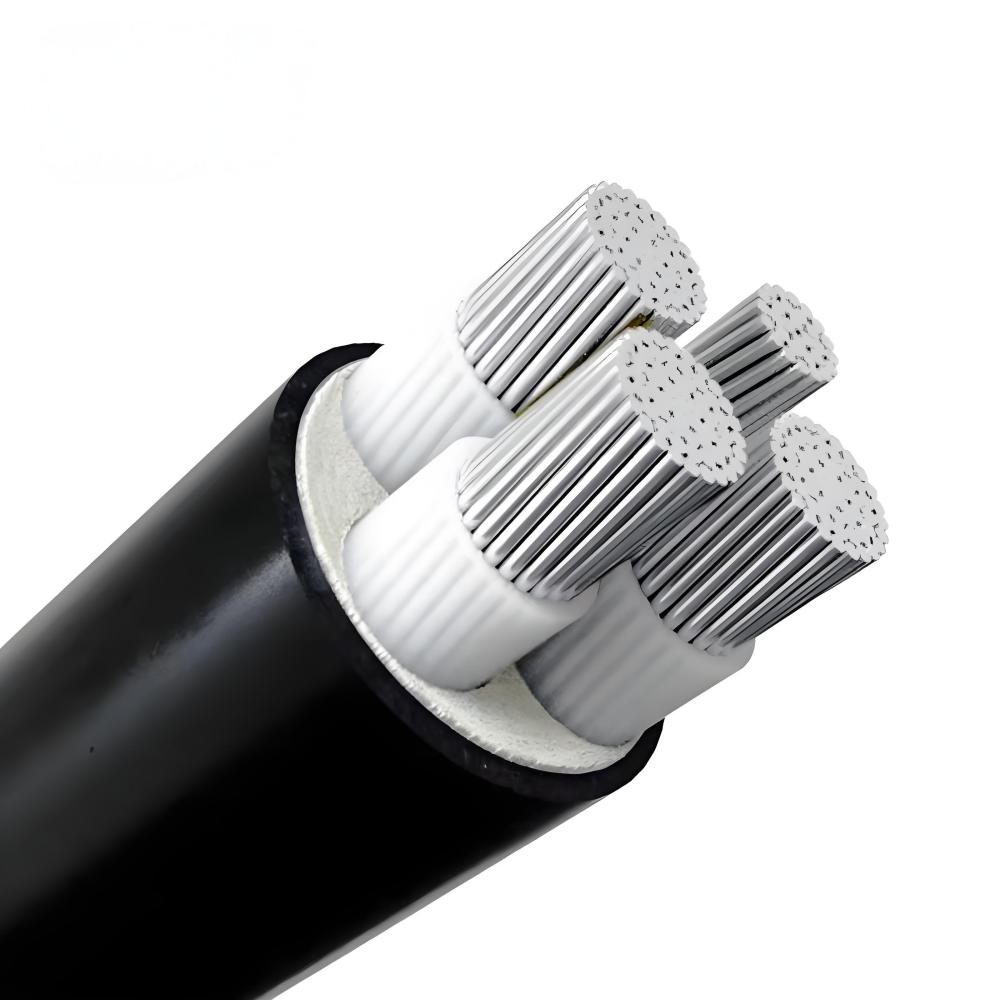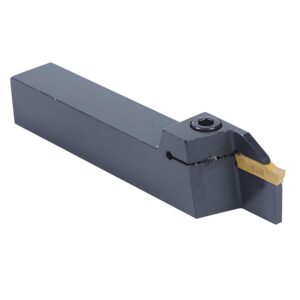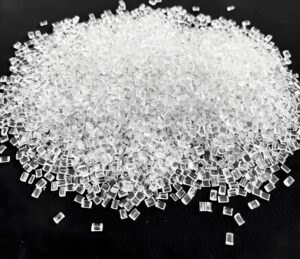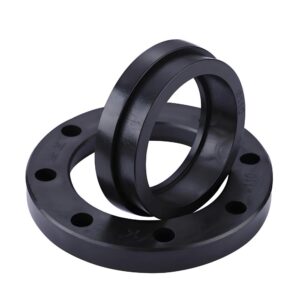Aluminum is one of the most widely used metals in the world today. From aerospace to kitchen foil, it’s hard to imagine modern life without it. Lightweight, durable, and highly versatile, aluminum has become indispensable across industries. This article offers a comprehensive overview of this remarkable metal, covering everything from its unique properties to how it’s made, its various types, and its practical applications.
What is Aluminum?
Aluminum, a lightweight, silvery-white metal, is the third most abundant element in the Earth’s crust, making up about 8% of its composition. Found primarily in bauxite ore, aluminum is extracted and refined into a usable form through complex industrial processes. Its atomic number is 13, and it’s known by the chemical symbol Al. Unlike heavier metals like iron or steel, aluminum boasts a unique combination of strength and low density, which has made it indispensable in countless applications, from transportation to packaging.
This metal’s rise to prominence began in the 19th century when scientists developed efficient methods to extract it. Today, aluminum is a staple in industries worldwide, thanks to its ability to resist corrosion, conduct electricity, and be shaped into intricate designs. Its recyclability further enhances its appeal, aligning with the growing emphasis on sustainability in manufacturing.
Properties of Aluminum
Physical Properties
Aluminum stands out due to its impressive physical attributes. Here are some of the most notable:
- Lightweight: Aluminum has a density of about 2.7 g/cm^3, roughly one-third that of steel or copper. This makes it ideal for applications where weight is a concern, such as aerospace or automotive components.
- Strength-to-Weight Ratio: While not as strong as steel, aluminum alloys can achieve high strength levels without significant weight gain.
- Ductility: Aluminum is malleable and ductile, making it easy to form into sheets, wires, or extrusions without breaking.
- Conductivity: Although not as conductive as copper, aluminum is often used in electrical applications due to its lightweight and cost-effectiveness.
- Corrosion Resistance: A thin oxide layer naturally forms on aluminum when exposed to air, providing effective protection against corrosion.
- Reflectivity: Aluminum reflects both light and heat, making it useful for applications like insulation and lighting.
Chemical Properties
Chemically, aluminum is reactive but stable in most conditions due to its passivation layer:
- Reactivity: It reacts with oxygen to form aluminum oxide, which protects it from further oxidation.
- Amphoteric Nature: Aluminum can react with both acids and bases, a property that is exploited in certain industrial processes.
- Non-magnetic and Non-sparking: These features make aluminum suitable for applications in explosive or sensitive environments.
- Combustibility: Finely divided aluminum powder can be combustible, which is utilized in fireworks and solid rocket fuels.
How is Aluminum Made?
The production of aluminum is a multi-step process involving the extraction of aluminum oxide from bauxite and then the reduction of this oxide into aluminum metal.
Step 1: Mining Bauxite
Bauxite, the primary ore of aluminum, contains about 30–60% aluminum oxide along with other minerals. Major producers include Australia, China, and Brazil.
Step 2: Refining – the Bayer Process
In this stage, bauxite is crushed and mixed with caustic soda. The mixture is heated, dissolving the aluminum oxide and leaving behind impurities. The solution is then cooled, and aluminum hydroxide precipitates out. This hydroxide is then calcined (heated strongly) to form pure aluminum oxide, or alumina.
Step 3: Electrolysis – The Hall-Héroult Process
Alumina is dissolved in molten cryolite and subjected to electrolysis. During this process, aluminum ions migrate to the cathode and gain electrons, forming aluminum metal. Oxygen forms at the anode and reacts with carbon to produce CO2.
Step 4: Casting and Forming
The resulting molten aluminum is cast into ingots, billets, or other forms. These can then be rolled, extruded, or forged into a variety of products.
Types of Aluminum
Aluminum is rarely used in its pure form. It is typically alloyed with other elements to improve its strength, corrosion resistance, or other properties. The two main categories of alumi
Ⅰ. Wrought Aluminum Alloys
Wrought alloys are shaped through mechanical processes like rolling, forging, or extrusion. They are identified by a four-digit numbering system, where the first digit indicates the primary alloying element. Below are the main series, along with specific grades commonly used in industry:
1xxx Series (Pure Aluminum)
These alloys are at least 99% pure aluminum, valued for their high electrical and thermal conductivity. Common grades include:
- 1100: Excellent corrosion resistance and workability, used in chemical equipment and electrical conductors.
- 1200: Similar to 1100 but with slightly higher strength, often used for foil and packaging.
2xxx Series (Copper Alloys)
Known for high strength, these are widely used in aerospace. Notable grades include:
- 2024: High strength-to-weight ratio, used in aircraft structures like wings and fuselages.
- 2011: Excellent machinability, ideal for precision components like screws and fittings.
3xxx Series (Manganese Alloys)
These offer moderate strength and excellent corrosion resistance. Common grades include:
- 3003: General-purpose alloy for beverage cans, cooking utensils, and chemical equipment.
- 3105: Used in residential siding and roofing due to its durability and formability.
5xxx Series (Magnesium Alloys)
Prized for corrosion resistance, these are common in marine and automotive applications. Key grades include:
- 5052: High fatigue strength, used in marine components and fuel tanks.
- 5083: Exceptional strength and weldability, ideal for shipbuilding and cryogenic applications.
6xxx Series (Silicon and Magnesium Alloys)
Versatile for structural and architectural uses due to their strength and formability. Popular grades include:
- 6061: A go-to alloy for structural components like bridges, bike frames, and automotive parts.
- 6063: Known for its smooth surface finish, used in window frames and architectural extrusions.
7xxx Series (Zinc Alloys)
These offer the highest strength among aluminum alloys, used in demanding applications. Common grades include:
- 7075: High strength and toughness, used in aircraft parts and sporting equipment.
- 7050: Improved stress corrosion resistance, ideal for aerospace components like landing gear.
Ⅱ. Cast Aluminum Alloys
Cast alloys are poured into molds to create complex shapes, making them ideal for intricate components. They use a different numbering system, typically with a three-digit number followed by a decimal (e.g., xxx.x). Below are key series and grades:
2xx.x Series (Copper-Based Alloys)
High-strength alloys for heavy-duty components. Examples include:
- 201.0: High strength and toughness, used in aerospace castings.
- 242.0: Good heat resistance, suitable for engine pistons.
3xx.x Series (Silicon-Based Alloys)
These offer excellent castability and are used for complex shapes. Common grades include:
- 356.0: High corrosion resistance and strength, used in automotive wheels and pump housings.
- A380.0: Widely used for die-cast parts like engine blocks and transmission housings due to its fluidity and strength.
5xx.x Series (Magnesium Alloys)
Lightweight and corrosion-resistant, these are used in specialized applications. Examples include:
- 514.0: Good corrosion resistance, used in marine hardware.
- 520.0: High ductility, suitable for sand-cast components.
What is Aluminum Used For?
Aluminum’s versatility makes it a staple across countless industries. Its combination of strength, lightweight, and corrosion resistance opens up a wide range of applications. Below are some of the most common uses.
Transportation
In the automotive and aerospace industries, aluminum is prized for its ability to reduce weight without sacrificing strength. Cars, trucks, and trains use aluminum components to improve fuel efficiency and reduce emissions. In aviation, aluminum alloys form the backbone of aircraft structures, from wings to fuselages.
Construction
Aluminum’s durability and aesthetic appeal make it a popular choice in construction. It’s used in window frames, roofing, cladding, and structural supports. Its resistance to corrosion ensures that buildings maintain their appearance and integrity over time.
Packaging
Aluminum’s impermeability and recyclability make it ideal for packaging. Beverage cans, foil wraps, and food containers rely on aluminum to protect contents from light, air, and moisture. Its lightweight nature also reduces shipping costs.
Electronics
Thanks to its electrical conductivity, aluminum is used in power lines, cables, and electronic components. Its ability to dissipate heat makes it a go-to material for heat sinks in computers and other devices.
Consumer Goods
From kitchen utensils to furniture, aluminum’s versatility shines in everyday products. Its ability to be anodized for color and finish enhances its appeal in decorative items, while its durability ensures long-lasting performance.
Machining
In precision machining, aluminum is favored for its ease of cutting, forming, and finishing, enabling the creation of intricate parts with tight tolerances.
Advantages and Disadvantages of Aluminum
Like any material, aluminum has its strengths and limitations. Understanding these can help manufacturers and designers make informed decisions.
Advantages

- Lightweight: Aluminum’s low density makes it ideal for applications where weight is a concern, such as in transportation.
- Corrosion Resistance: The natural oxide layer protects aluminum from environmental damage, extending its lifespan.
- Recyclability: Aluminum can be recycled indefinitely without losing its properties, making it eco-friendly.
- Versatility: Its malleability and ability to be alloyed allow for a wide range of applications.
- Conductivity: Aluminum’s thermal and electrical conductivity makes it valuable in electronics and energy applications.
Disadvantages
- Cost: While more affordable than in the past, aluminum production is energy-intensive, which can increase costs.
- Strength Limitations: Pure aluminum is softer than steel, requiring alloying to achieve high strength.
- Welding Challenges: Aluminum’s high thermal conductivity can make welding more difficult compared to other metals.
- Reactivity with Certain Chemicals: Aluminum can corrode in the presence of certain alkalis or salts, limiting its use in specific environments.
By weighing these pros and cons, industries can determine whether aluminum is the right material for their needs.
Aluminum in the Machining Industry
The machining industry relies heavily on aluminum for its workability and performance. Aluminum’s ability to be precisely cut, shaped, and finished makes it a favorite for creating complex components. Its lightweight nature also reduces wear on machining tools, improving efficiency and lowering costs.
At Precionn, we specialize in leveraging aluminum’s unique properties to deliver high-quality machined parts for international clients. Our state-of-the-art facilities and expertise allow us to work with a variety of aluminum alloys, ensuring precision and durability in every project. Whether you need components for aerospace, automotive, or consumer goods, Precionn is committed to providing tailored solutions that meet the highest standards. Visit our website to learn more about how we can support your machining needs with aluminum and other materials.




